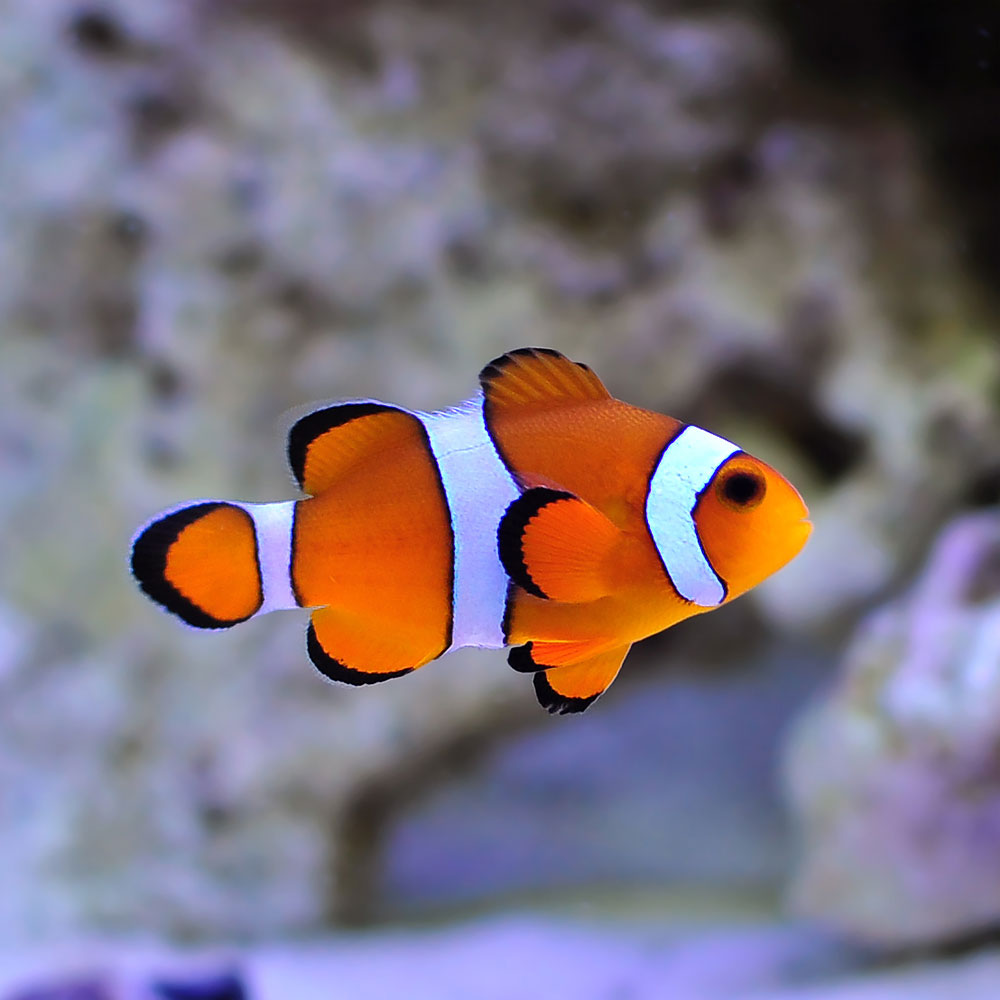For one of my senior research projects in college, I researched the representation of people with disabilities in Disney movies, as well as how they are portrayed. As I describe in my paper, Disney has created very few characters with disabilities so far, and the ones that have been portrayed are not entirely accurate.
They also do not go beyond the typical “You can do anything no matter what” statement, and sometimes portray characters with disabilities as comical and less realistic.
 However, Disney has produced two films in particular that portray disabilities in a positive and somewhat realistic way, which are Dumbo (1941) and Finding Nemo (2003). The latter film does a better job of portraying disabilities than the former, mostly due to the time periods in which the films were released. In the 1940s, when Dumbo was released, people didn’t know as much about disabilities than they do in today’s society.
However, Disney has produced two films in particular that portray disabilities in a positive and somewhat realistic way, which are Dumbo (1941) and Finding Nemo (2003). The latter film does a better job of portraying disabilities than the former, mostly due to the time periods in which the films were released. In the 1940s, when Dumbo was released, people didn’t know as much about disabilities than they do in today’s society.
Our increasing knowledge and awareness of individuals with disabilities, as well as the disabilities themselves, has led us to be more accepting of them. This is very similar to what we do in our Disability Awareness Trainings!
 These differences in views of disabilities can be seen at the end of each film. At the end of Dumbo, although the titular character becomes more accepted by others, his disability is still viewed as a “spectacle,” and that is what eventually leads to his fame. On the other hand, at the end of Finding Nemo, the titular fish does not become famous for his disability, rather, he simply is accepted into society for who he is.
These differences in views of disabilities can be seen at the end of each film. At the end of Dumbo, although the titular character becomes more accepted by others, his disability is still viewed as a “spectacle,” and that is what eventually leads to his fame. On the other hand, at the end of Finding Nemo, the titular fish does not become famous for his disability, rather, he simply is accepted into society for who he is.
In Finding Nemo, Nemo is accepted earlier in the film than Dumbo is and he is accepted by more individuals, not to mention others his own age. The other kids even have disabilities of their own and they proudly share their differences with Nemo, thereby allowing him to fit in more.
His acceptance is further established later in the film, when he meets a group of fish in a fish tank. Each fish has a disability of their own as well, and Nemo can identify with them because of this. Finding Nemo is perhaps the closest Disney has come so far to not only accurately portraying individuals with disabilities, but creating characters individuals with disabilities can relate to.
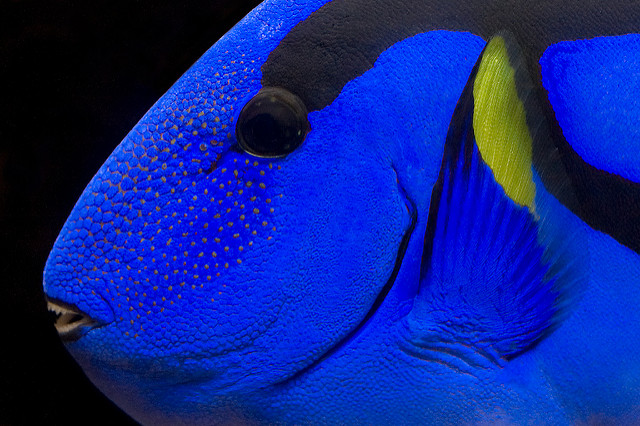 Besides Nemo, there is one other character with a disability that plays an important part in the storyline and that is Dory, who has a disability that affects her short term memory.
Besides Nemo, there is one other character with a disability that plays an important part in the storyline and that is Dory, who has a disability that affects her short term memory.
Despite her frustrations with this, she always has a positive outlook on life, and is very determined to help those in need. These are both traits in which the audience can be inspired by as well as relate to.
Later this month, Dory’s story will be continued and expanded in the upcoming film Finding Dory (2016). Let’s hope Disney and Pixar will continue to portray Dory in a positive light and maybe even explore some characteristics of her that we have yet to discover. We’re looking forward to seeing what Pixar can come up with.
– Abbie is a recent graduate of Loras College with a degree in Media Studies and has recently become a Digital Marketing Intern at JJsList.com
RAFF Chicago runs from October 4-8, 2017. Follow us on Twitter and Facebook!!!
If you would like to get involved with RAFF Chicago please contact us at (773) 203-5039 or email Matt Lauterbach at [email protected]


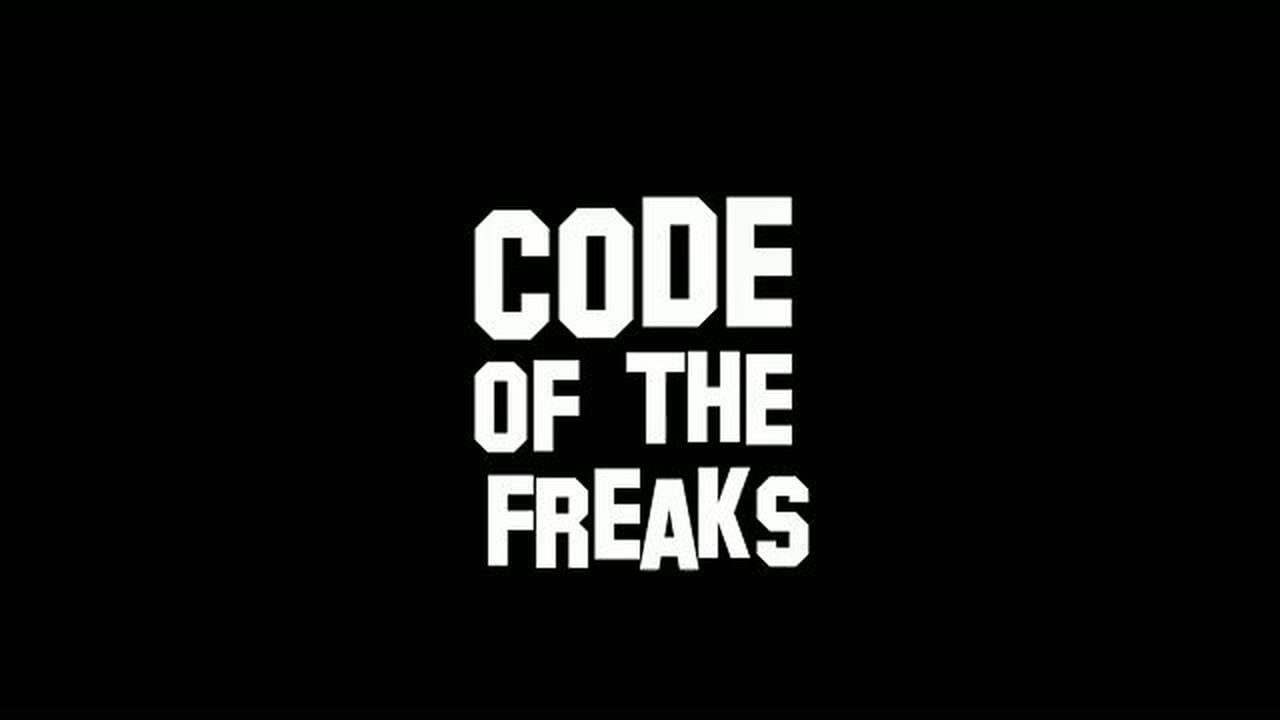
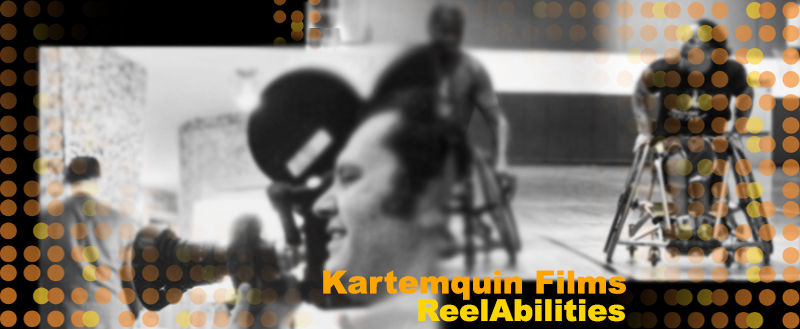


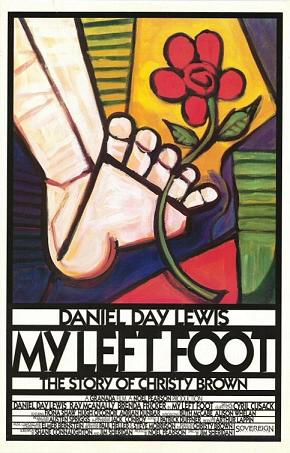
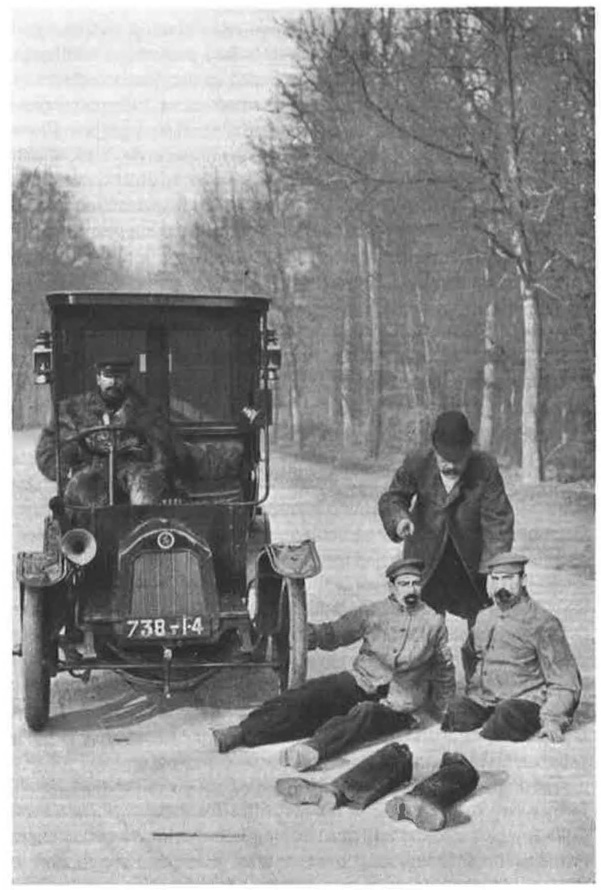
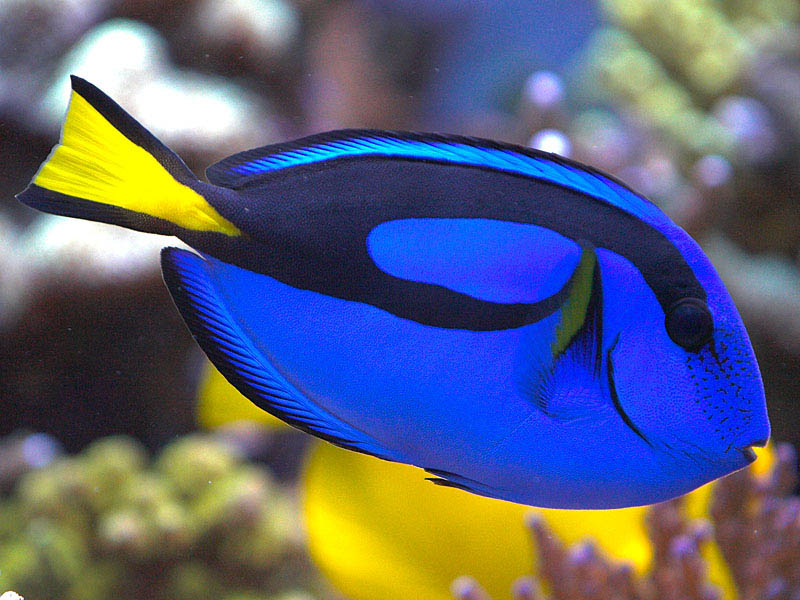
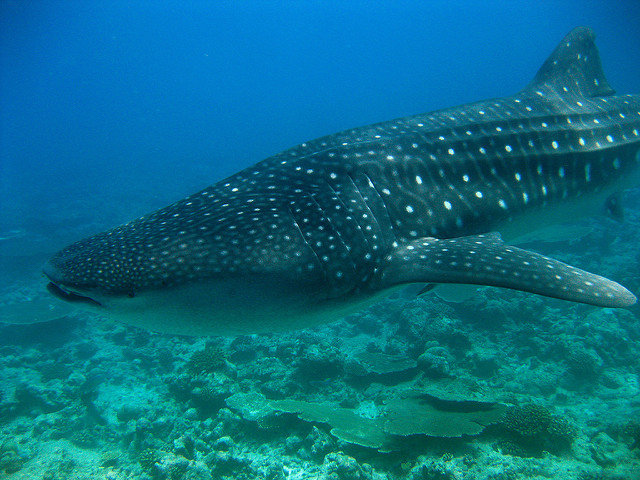 either shrugged off and pretty much ignored (with the exception of Dory and Nemo) or were used for comedic purposes, in the sequel, disability plays a bigger and more serious role. The characters aid each other in overcoming their disabilities, and even use each other’s strengths to help those that struggle in the same area. For instance, one of the characters, Destiny, is a whale shark who is visually impaired. This impacts her ability to navigate through her surroundings. During a scene that is very significant to the plot of the film, she is assisted by her neighbor, a beluga named Bailey. During this scene, both animals are trying to locate Dory so they can help her. Because Destiny has trouble
either shrugged off and pretty much ignored (with the exception of Dory and Nemo) or were used for comedic purposes, in the sequel, disability plays a bigger and more serious role. The characters aid each other in overcoming their disabilities, and even use each other’s strengths to help those that struggle in the same area. For instance, one of the characters, Destiny, is a whale shark who is visually impaired. This impacts her ability to navigate through her surroundings. During a scene that is very significant to the plot of the film, she is assisted by her neighbor, a beluga named Bailey. During this scene, both animals are trying to locate Dory so they can help her. Because Destiny has trouble ne huge issue I had with this film is the character of Marlin, Nemo’s father. Throughout
ne huge issue I had with this film is the character of Marlin, Nemo’s father. Throughout 